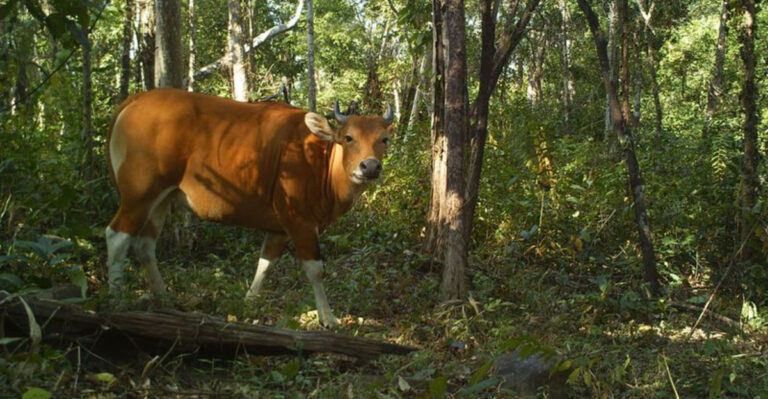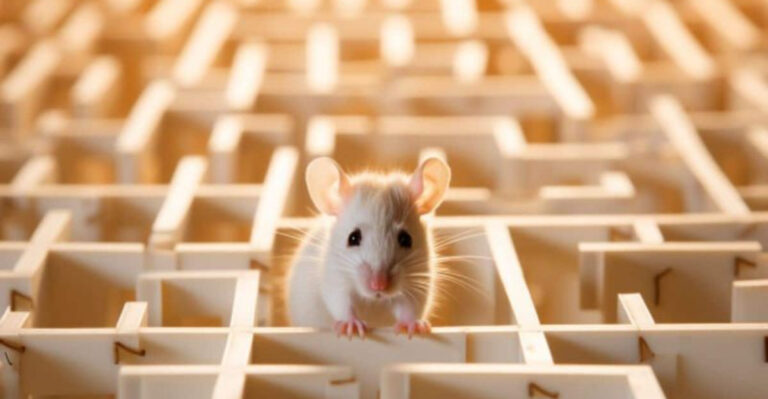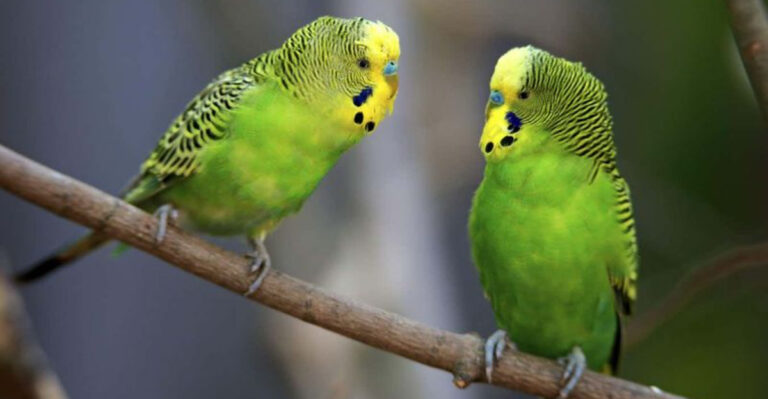16 Fascinating Facts About Bats You’ve Never Heard Before
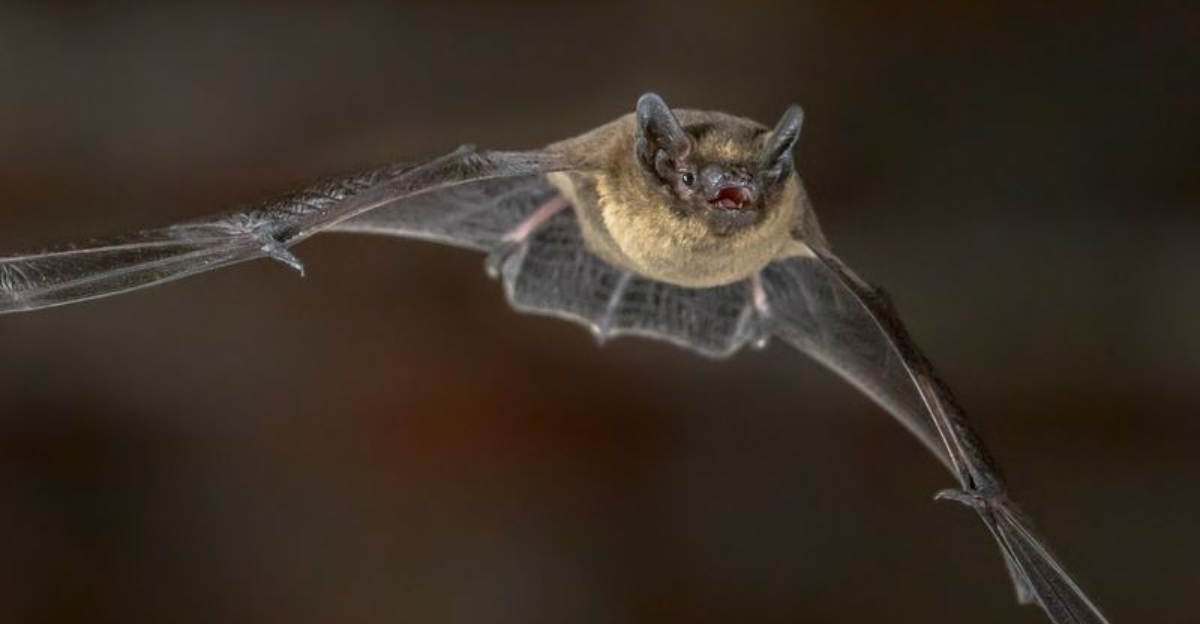
Bats are remarkable creatures often misunderstood and shrouded in mystery.
These flying mammals exhibit unique characteristics and behaviors that defy common perceptions. Embark on a journey to explore some intriguing and lesser-known facts about bats.
1. Bats Are Masters Of Flight
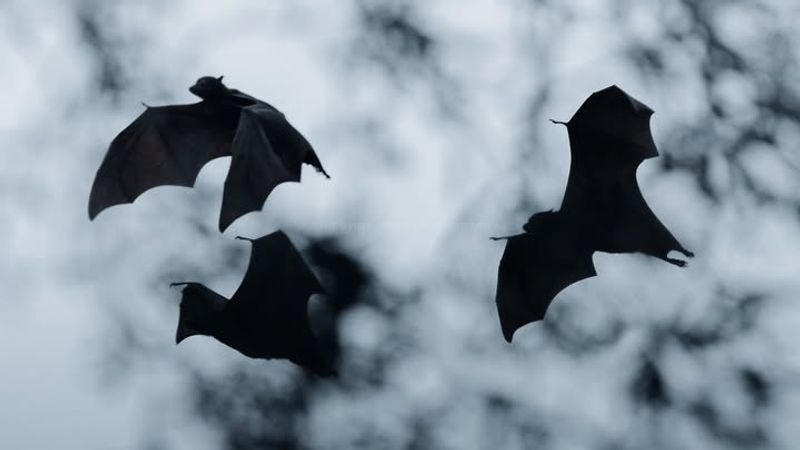
Unlike birds, bats are the only mammals capable of sustained flight, thanks to their unique wing structure. Their wings, made of a thin membrane of skin, allow for maximum flexibility and maneuverability, enabling them to fly with precision.
Bats can hover, fly backward, and make sharp turns, which makes them excellent hunters of flying insects.
2. Some Bats Migrate Long Distances
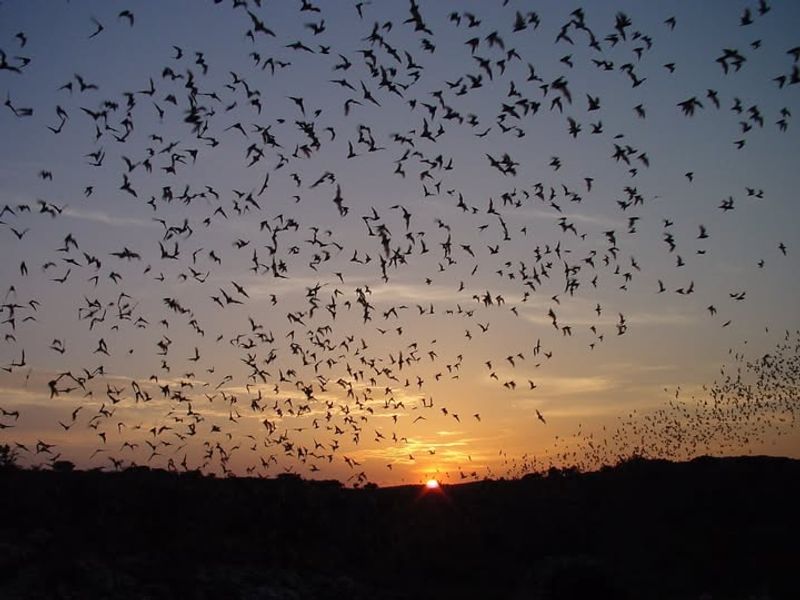
Not all bats hibernate during the winter months. Some species, particularly migratory bats like the hoary bat, travel thousands of miles to find warmer climates.
These long migrations help them find food sources in different regions, particularly when local resources are scarce during colder months.
3. Bats Are Not Blind
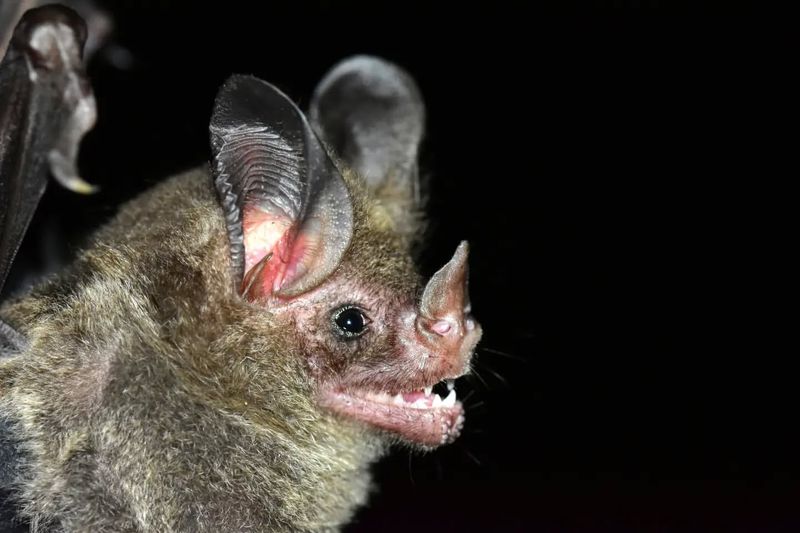
Contrary to popular belief, bats are not blind. Most bats have excellent vision, especially in low light conditions.
While some species rely on echolocation to navigate, many bats use their eyes to find food and avoid obstacles. Their ability to see in dim light helps them hunt for insects, flowers, and fruit, even in the dark of night.
4. Bat Colonies Are Massive
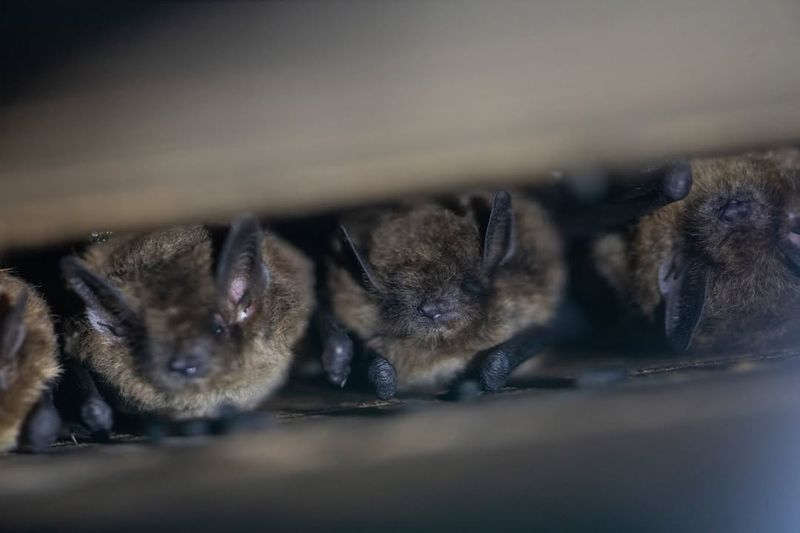
Bats are social creatures and often form massive colonies, sometimes consisting of millions of individuals. These colonies can be found in caves, trees, or even man-made structures.
The largest bat colonies, such as those of Mexican free-tailed bats, can number in the millions, creating an awe-inspiring spectacle when they emerge at dusk in search of food.
5. Bats Are Pollinators
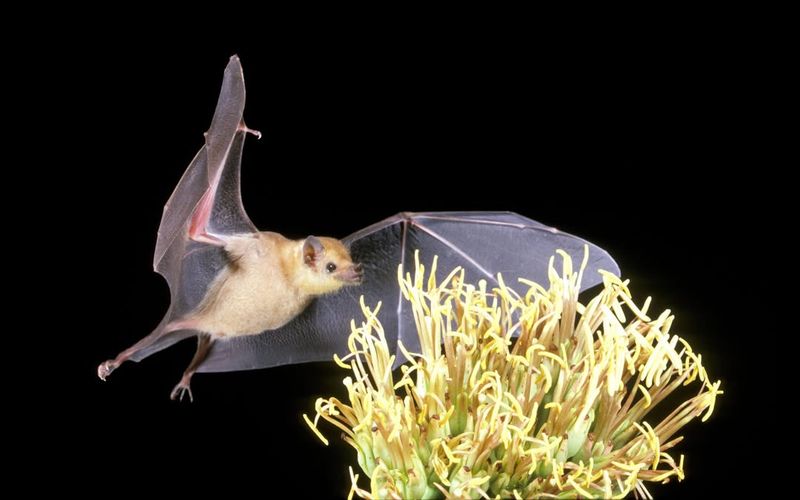
Many species of bats play a crucial role as pollinators, helping to fertilize plants while feeding on nectar. Bat-pollinated plants, such as certain species of agave and saguaro cactus, rely on these creatures for reproduction.
Without bats, the ecosystems that depend on bat-pollinated plants could struggle to thrive, highlighting the vital role they play in biodiversity.
6. Vampire Bats Are Real
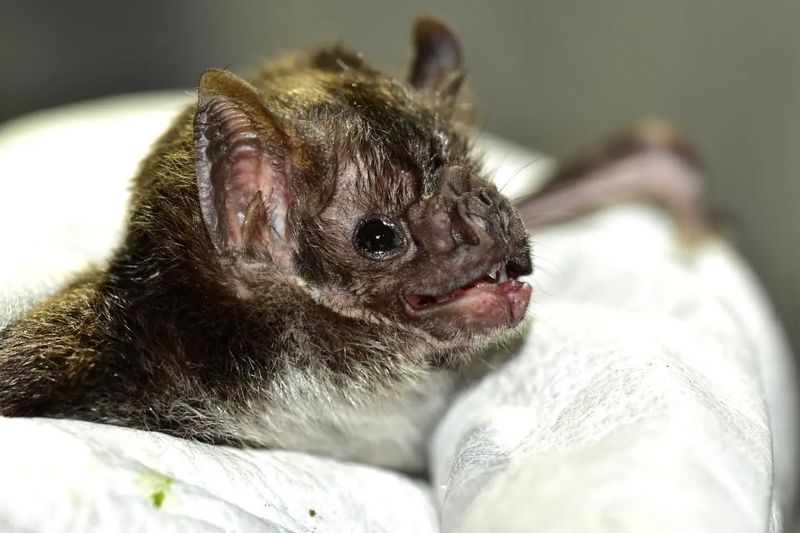
While the idea of vampire bats might sound like a myth, they are, in fact, real creatures. These bats feed on the blood of mammals and birds, though they do so without harming their prey.
Found primarily in Central and South America, vampire bats use heat sensors on their noses to locate blood vessels near the surface of their prey’s skin, then make a small incision to feed.
7. Bats Use Echolocation
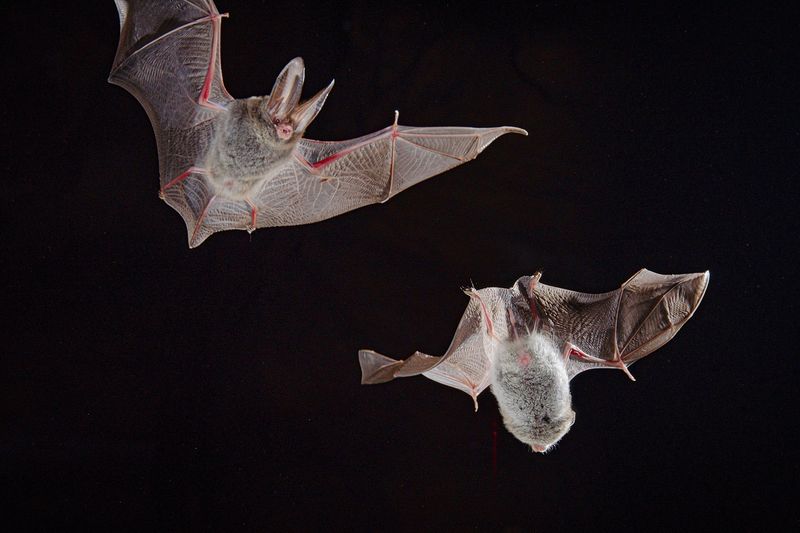
Bats are famous for their ability to navigate and hunt in complete darkness using echolocation. This process involves emitting high-frequency sound waves that bounce off objects and return, allowing the bat to “see” its surroundings through sound.
Echolocation enables bats to locate insects, navigate tight spaces, and even avoid predators with incredible accuracy.
8. Bats Have Long Lifespans
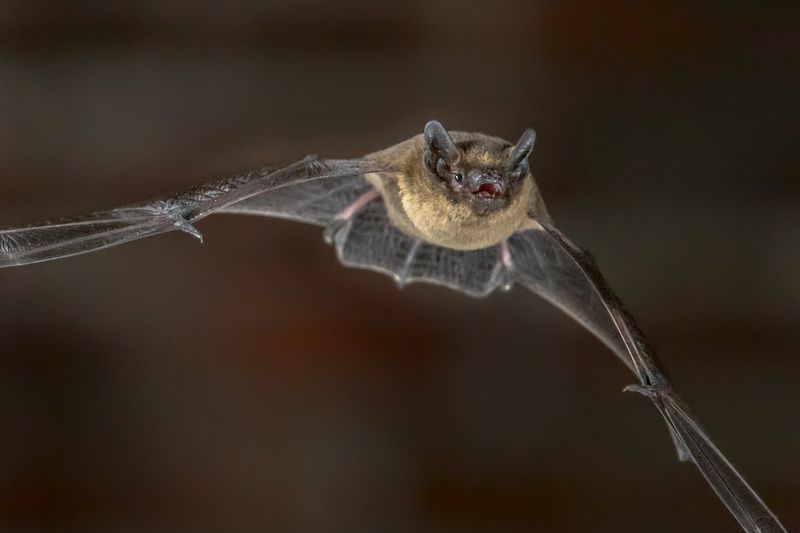
Bats are known for their surprisingly long lifespans, especially considering their small size. Some species, like the Brandt’s bat, can live for over 30 years.
This longevity is unusual for such small mammals, and scientists believe it may be linked to their ability to avoid predators and diseases, as well as their low metabolic rate during hibernation.
9. Bats Are Essential For Seed Dispersal
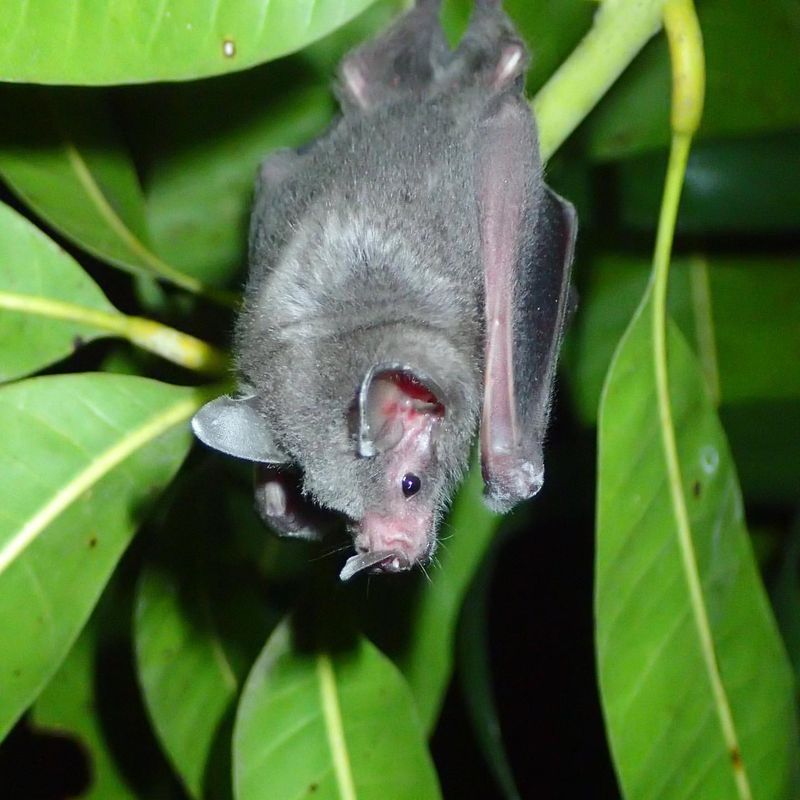
Bats play an important role in seed dispersal, especially in tropical and subtropical environments. While feeding on fruits and nectar, bats swallow seeds, which they later excrete in different areas, helping to spread plant species over large distances.
This natural seed dispersal is essential for maintaining healthy and diverse ecosystems, particularly in rainforests and other plant-rich habitats.
10. Bats Are Diverse
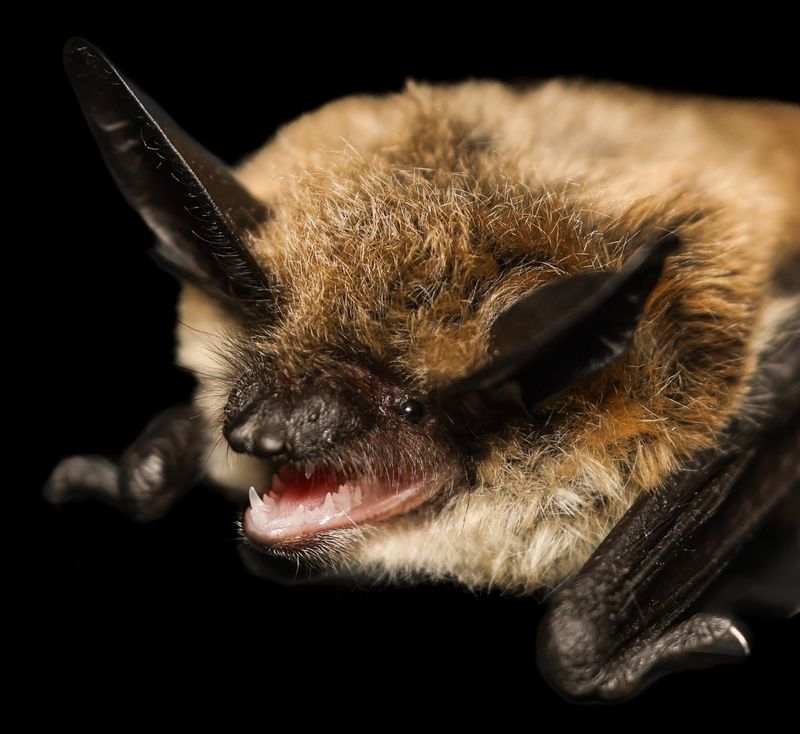
There are over 1,400 species of bats, making them the second-largest order of mammals after rodents. They come in all shapes and sizes, from tiny bumblebee bats to large flying foxes.
This diversity enables bats to occupy various ecological niches, including insectivores, frugivores, nectarivores, and even carnivores, feeding on a wide range of foods.
11. White-Nose Syndrome Threatens Bats
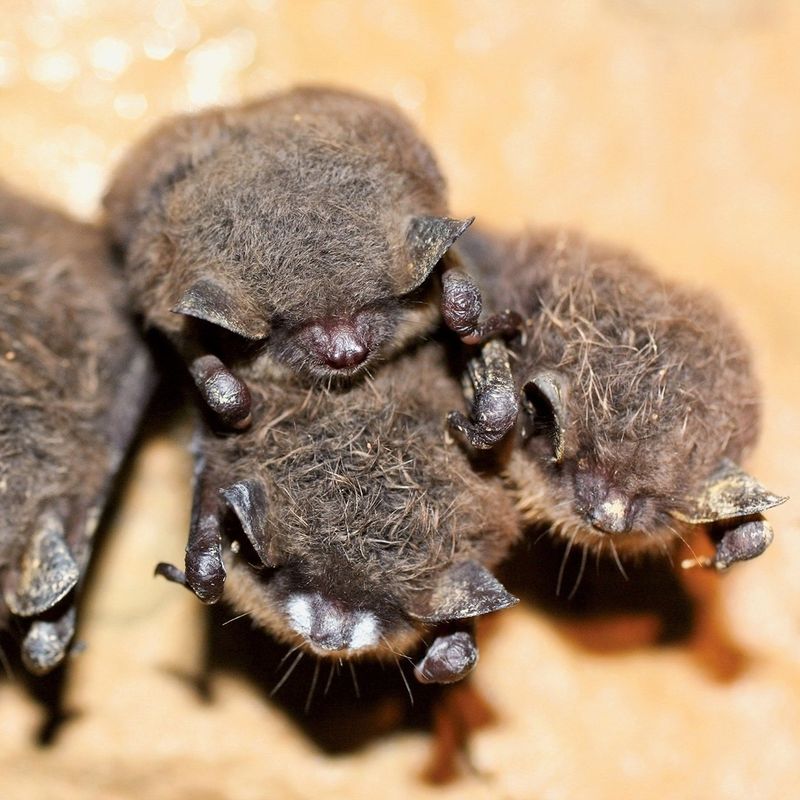
White-nose syndrome is a deadly disease that affects hibernating bats, caused by a fungal infection. The disease has devastated bat populations across North America, particularly among cave-dwelling species.
Bats with this infection exhibit strange behavior, like flying during the winter when they should be hibernating, which leads to exhaustion and death.
12. Bats Have Unique Skeletons
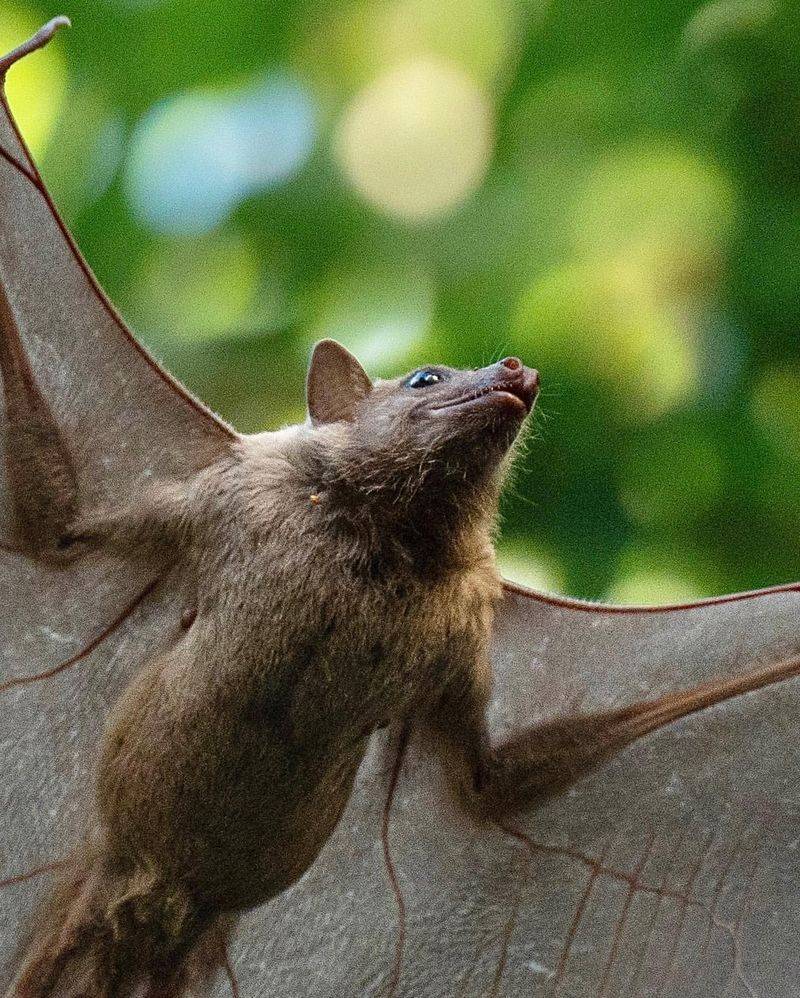
Bats possess unique skeletal structures that allow for their exceptional flight capabilities. Their wings are actually a modified version of the forelimbs, with an elongated hand structure supporting the wing membrane.
This anatomical design enables bats to fly with remarkable agility, making them efficient hunters and navigators in the dark.
13. Bats Are Social Creatures
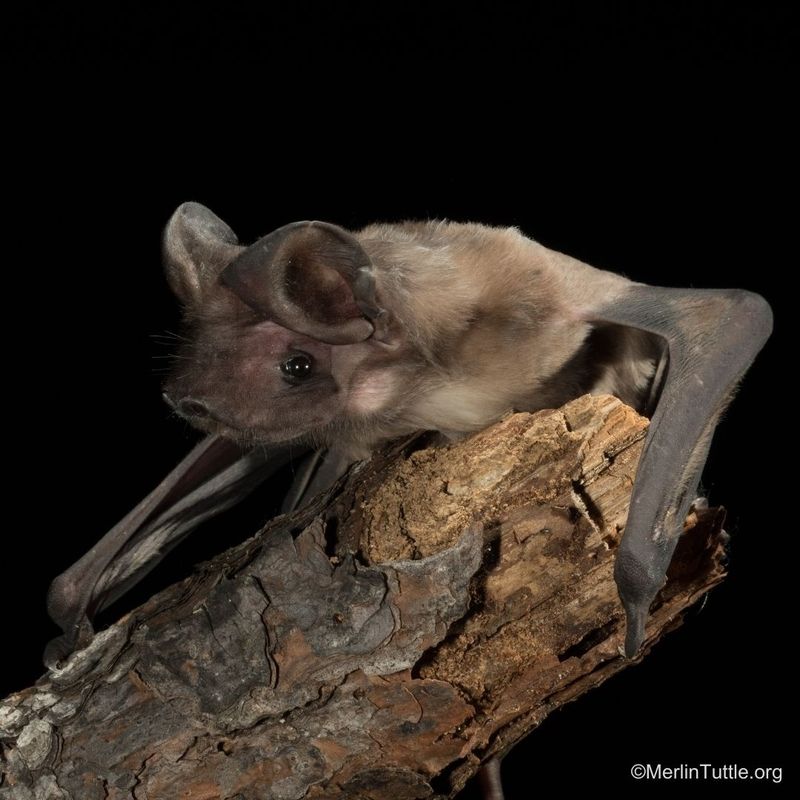
Bats live in social groups and often share roosts with hundreds or even thousands of other bats. Some species, such as the little brown bat, form tight-knit communities where they communicate with each other through vocalizations and social grooming.
These social bonds help with survival, as bats often share warmth and protection in large groups.
14. Bat Guano Is Valuable
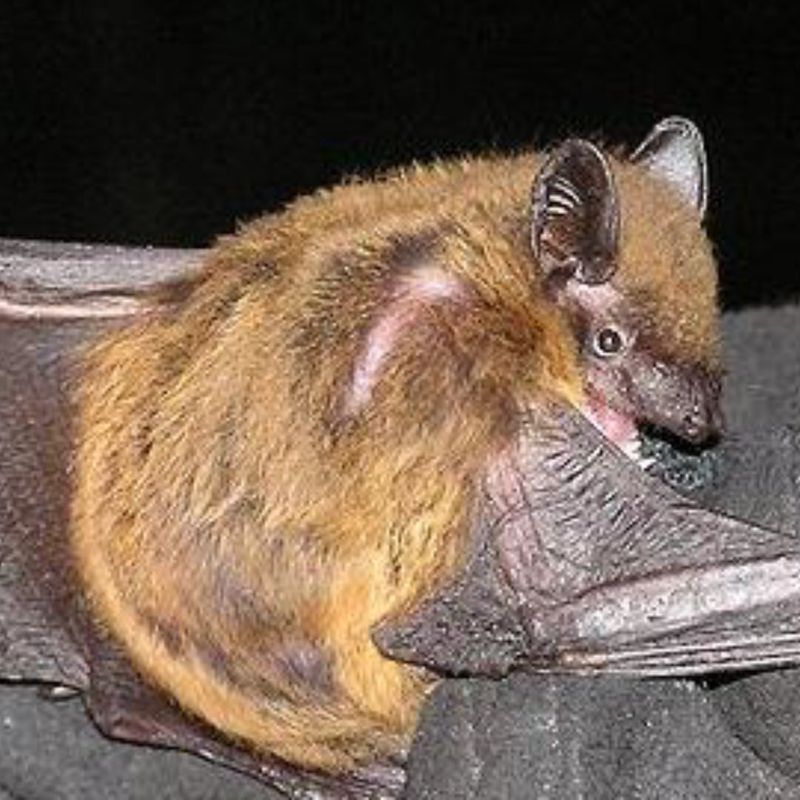
Bat guano, or bat droppings, is a highly prized fertilizer used in agriculture due to its rich nutrient content, particularly nitrogen.
The fertilizer has been used for centuries, especially in tropical and subtropical regions, to enrich the soil and promote plant growth. However, overharvesting bat guano can threaten bat populations, as it removes a vital resource for their survival.
15. Bats Are Found Worldwide
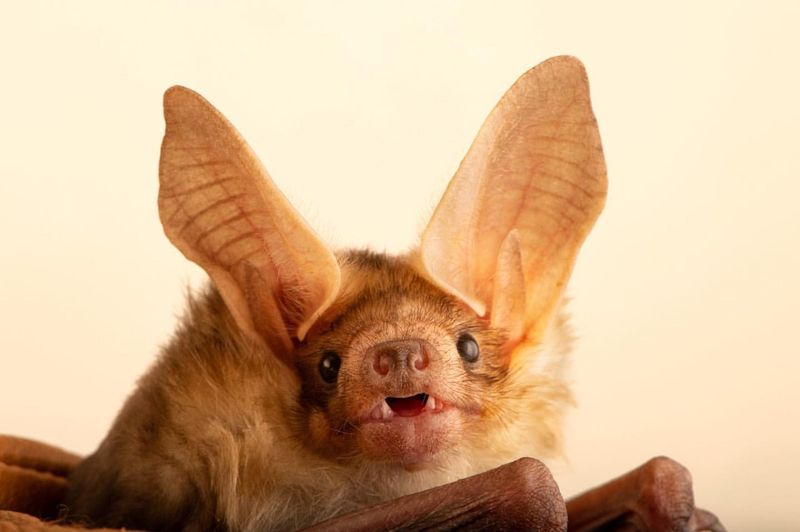
Bats are found on every continent except Antarctica, thriving in a variety of habitats, from caves and forests to deserts and urban environments.
They have adapted to diverse climates, from the tropical rainforests to arid deserts, and have developed specialized behaviors and diets to survive in different ecosystems.
16. Bats Are Misunderstood Creatures
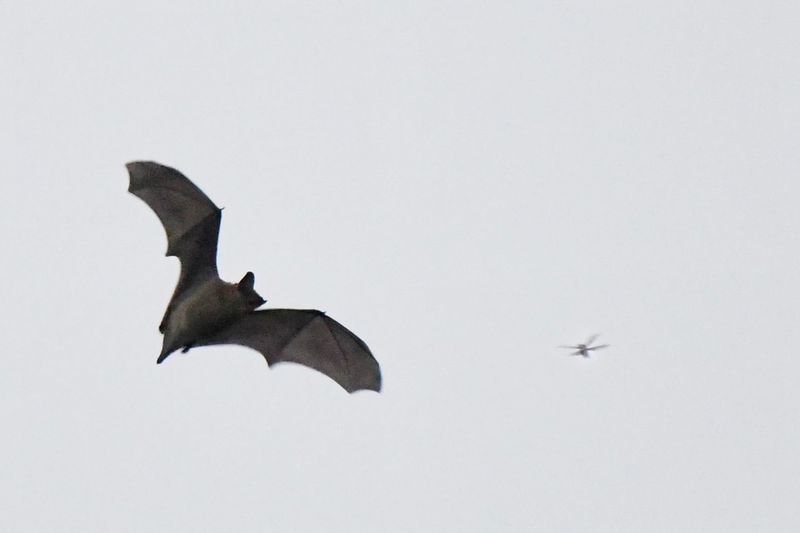
Bats are often misunderstood and unfairly associated with myths and fears, especially in popular culture.
Many people believe bats are dangerous or carry diseases like rabies, but the truth is, most bats are harmless and play crucial roles in insect control, pollination, and seed dispersal. Educating the public about the importance of bats can help improve their reputation and conservation.

